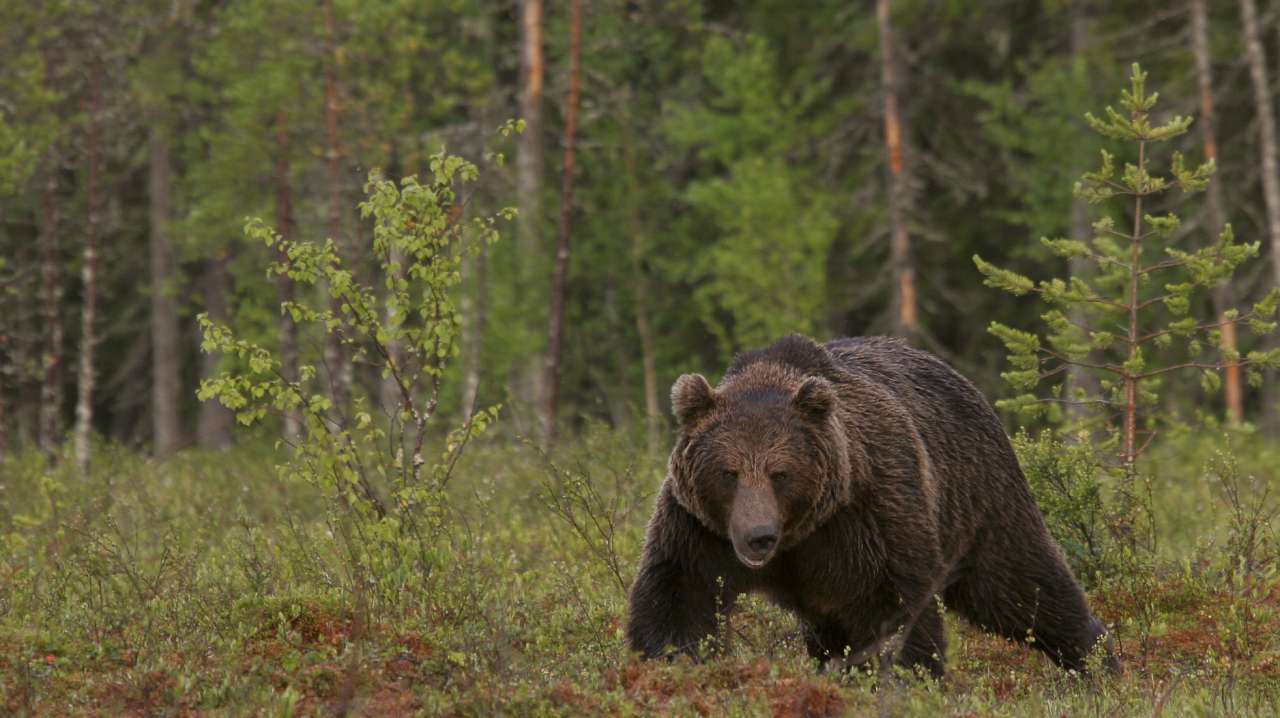Genetic monitoring of northern animals

Photo: Alexander Kopatz
Researchers are making significant progress in developing new molecular genetic methods for monitoring three ecologically important species in Northern Europe: reindeer, moose, and brown bears.
Effective management of wild animals and semi-domesticated reindeer requires understanding their behaviour, diet, health, and reproduction. In Northern Norway, near Russia, Finland, and Sweden, cross-border animal movements present challenges. Ongoing monitoring is crucial to prevent disease spread and protect animal health.
Researcher Dr Cornelya Klutsch at NIBIO Svanhovd explains that current methods for monitoring wild animal populations are labour-intensive and involve radio tagging and sample collection.
“Molecular genetic methods, such as DNA analysis from hair and faeces, provide a non-invasive approach to identifying individuals and their health status,” she says.
High-throughput sequencing (HTS) enables researchers to quickly process large amounts of genetic material. The RemoTnitor project examines how HTS can analyse faecal samples to study diet and health. By creating specific genotype sets for animals like reindeer and moose, thousands of samples can be processed yearly, yielding detailed individual data.
Molecular genetic methods can also detect diseases, parasites, and genetic diversity, serving as an early warning system for emerging diseases. This is particularly important given climate change, which could alter disease distribution.
Project leader Dr Tommi Nyman highlights the importance of citizen science in sample collection.
“Extensive collaboration has already resulted in a biobank with over 16,000 samples from bears. Achieving similar data for reindeer and moose could provide valuable insights for managing these species effectively,” he says.
Contacts

Purpose
Develop tools for non-invasive assessment of animal species, their relationships, diet, and health based on genetic analyses of faecal samples collected in the field.
Collaboration: Norwegian Veterinary Institute (NVI), Norwegian Institute for Nature Research (NINA), and The Arctic University Museum of Norway
Funding: The Fram Centre with support from the Ministry of Climate and Environment
Contacts

